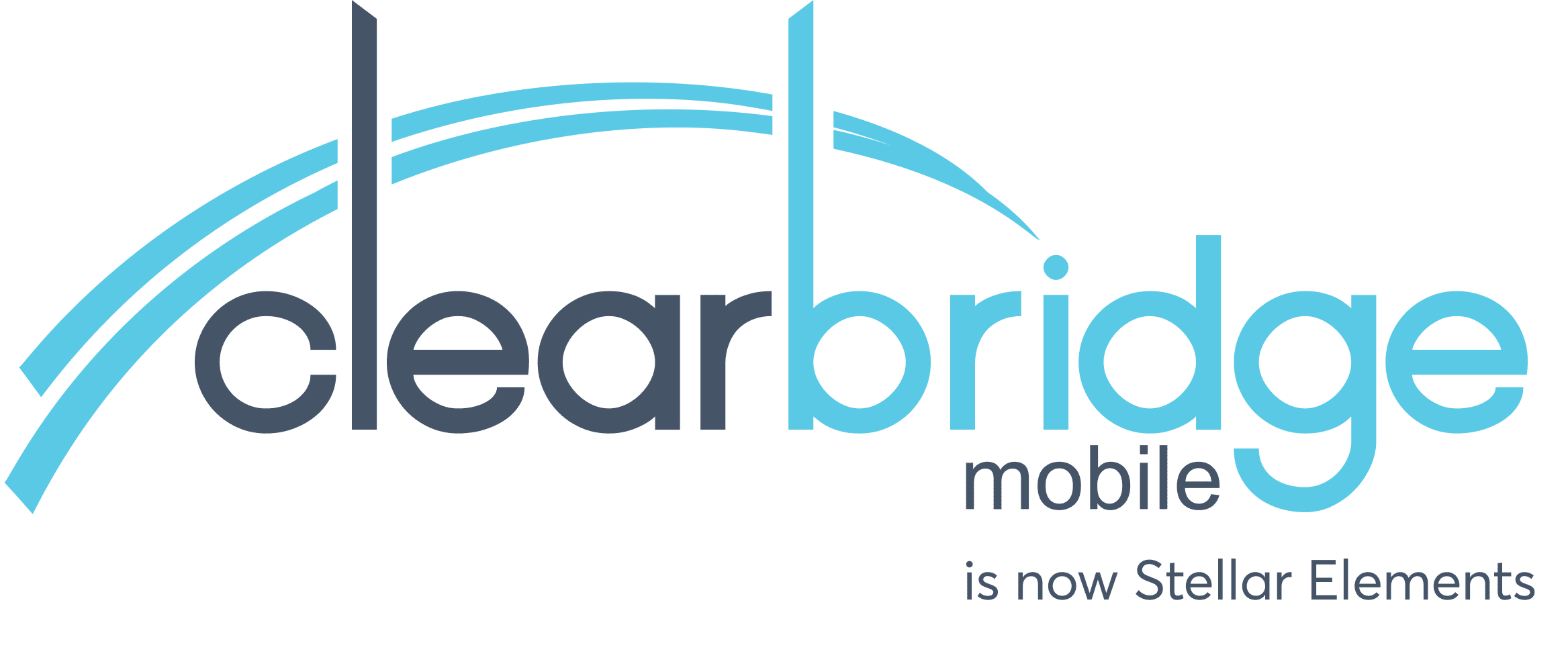In agile app development, the project management triangle is comprised of three project constraints time, scope, and cost. The best mobile app development companies understand that flexibility is often required in at least one of these boundaries. As needs and objectives evolve, knowing which is flexible lets product teams adapt seamlessly without affecting your ability to deliver a successful mobile product.
The core benefit of building flexibility into the agile app development process is that it mitigates risk. The key is understanding exactly where flexibility is a priority.
Where to Prioritize Flexibility in the Agile App Development Process
Knowing which boundary is flexible lets product teams adapt seamlessly without affecting your ability to deliver a successful product
Time
There are some projects where the delivery date is set in stone. The product may need to be released simultaneously with another launch; for example, a preloaded app that needs to be ready for the release of a new device or prior to a scheduled event. When this is the case, one of the other two boundaries will need to be flexible.
For other projects, time may not be the most important aspect. If your business goals dictate that the product needs a certain amount of features and functionalities or needs to be developed within a particular budget, time will be the flexible boundary.
Scope
When time or budget are rigid, the scope is the flexible constraint. There is nothing wrong with having to scale back features and functionalities; on the contrary, going to market with a minimum viable product (MVP) and following a rapid and frequent delivery model allows you to collect data and use insights to add value to users on an ongoing basis. There are significant benefits to choosing an iterative, agile development process over an all-or-nothing approach, like building a business case for additional budget or funding from stakeholders.
Budget
If there is scope creep or project scope increases but the timeline is rigid, the budget needs to become the flexible boundary. When more resources, more features, and more functionalities are required then the budget must be able to accommodate those changes.
Identifying Your Flexible Boundary
While there are variations in every agile development process, a foundational aspect of agile methodology is the ability to adapt and respond to changes without losing velocity. To achieve this, flexibility is a necessity.
In an ideal world, agile development projects wouldn’t need flexible time, scope, or budget constraints. However, failing to account for the fact that product teams might have to bend as products evolve or new needs arise is very risky; if something does change, there is no contingency plan that allows the team to deliver a market-ready product.
Enter flexibility. By identifying which project boundary is flexible, product teams can adapt without losing velocity. Consider the following scenario:
You have identified that scope is your flexible boundary. You know which features and functionalities are critical for your minimum viable product, and there are others on the product roadmap that are highly desired and nice to have. You prioritize tasks accordingly using the MoSCoW technique (must have, should have, could have, won’t Have), aiming for a particular number of features/functionalities. But, you have accounted for the fact that if there are issues, you can scale back and still have the capacity to deliver your MVP within the other two boundaries. As a result, if there is a snag, you are now able to focus resources on the critical aspects of the project and save lower priorities for future releases.
Failing to account for the fact that product teams might have to bend as products evolve or new needs arise is very risky.
In this scenario, if the scope wasn’t identified as a flexible boundary, the result would be a sub-par product with partially completed or improperly tested features, delivered in a rush and likely defective. Trying to deliver everything would essentially give the user nothing – except a poor user experience.
The same principle applies to time and budget. If you plan for the possibility that things may not go as planned, you are able to adapt.
Building Flexibility Into an Agile App Development Process
There are practices that allow you to bake flexibility into the agile app development process itself. These practices help with time, scope, and budget management, but also allow for rapid adaptability to changing needs.
- Squad-based agile development – Squads are small co-located teams that are responsible for the end-to-end delivery of a product. They plan together, share knowledge, and have a known capacity. This reduces risk and allows for predictable velocity.
- Rolling wave planning – Rolling wave planning involves delaying product decisions until you’re in the best position to make them. This technique lets product teams analyze and act upon the knowledge that wasn’t available at project kick-off. This lowers your risk, minimizes downtime, and allows you to adjust to changing product needs.
- Flexible capacity – Squads have a known maximum capacity, but the ability to scale up or down within that capacity. Since all members share knowledge of the project, when you need the squad at full capacity every team member can easily jump in; when the workload is lighter resources can be scaled down.
Ultimately, flexibility is at the basis of a truly agile development methodology. Identifying where your flexibility lies, accounting for it in your project plan, and building it into the agile development process will allow you to adapt to changes and still have the ability to deliver a successful product.
Keep Reading:
How to Determine Timeframe and Scope in Agile Development
How Long Does it Take to Build an App Using Agile Scrum
How to Manage Software Development Risks in an Agile Environment






